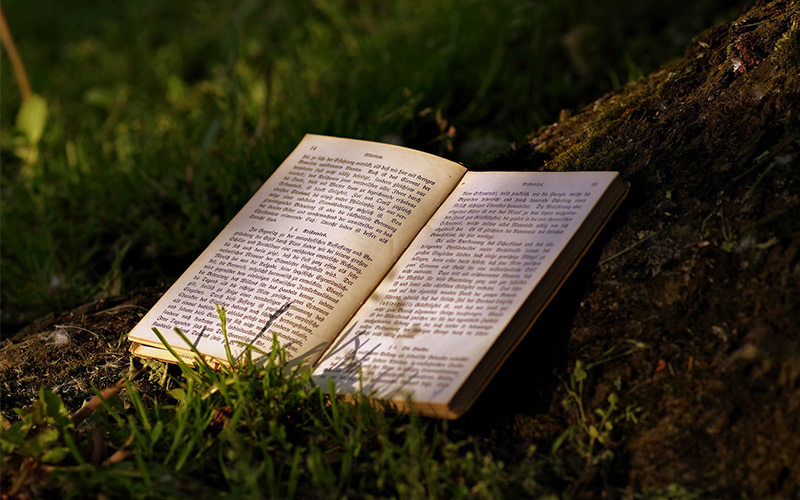Read the latest in forest news and updates from American Forests staff and programs in this week’s Forest Digest!
Forest News
 Forest of the Future Library — Atlas Obscura
Forest of the Future Library — Atlas Obscura
Ever wonder which trees are chosen to become books? One thousand saplings specifically designated for bookmaking were recently planted in a Norwegian forest, set to become printing paper in the year 2114. Talk about planning ahead. The planting is part of the Future Library project, which is “a forward-looking art project that’s one part literary time capsule, one part environmental statement.”- Computer analysis of what is scenic may help town planners — The Economist
The results of a paper published two years ago in Nature were no real surprise: People’s sense of wellbeing correlates with the “scenicness” of where they live. Researchers at Warwick Business School are now seeking to determine what, scientifically, makes a place scenic. To do this, they’ve adapted a computer program called Places to use human criteria in order to identify beautiful places and landscapes. - A Cheap Fix for Climate Change? Pay People Not to Chop Down Trees — The New York Times
A new study has concluded that money is, indeed, almost always an adequate incentive. When forest landowners were offered compensation in exchange for their promise not to cut down their trees, deforestation rates decreased significantly. In response, the United Nations has developed a new program called REDD Plus, which will pay poorer countries to slow the pace of deforestation. - A Nebraska-Sized Area of Forest Disappeared in 2015 — Climate Central
Using satellite data, a recent analysis has concluded forested land equated to the size of Nebraska was destroyed due to wildfire, logging, and palm oil plantations in 2015. That’s approximately 49 million acres of forest – gone. Deforestation is responsible for more than 10 percent of carbon dioxide emissions, which fuel climate change. - Trees can make or break city weather — Science Daily
The power of a single tree is truly remarkable. The University of British Columbia has just confirmed this fact in a new study, which reports that “even a single urban tree can help moderate wind speeds and keep pedestrians comfortable as they walk down the street.” Losing that single tree, on the other hand, can drive up heating costs by increasing wind pressure on buildings in the area.